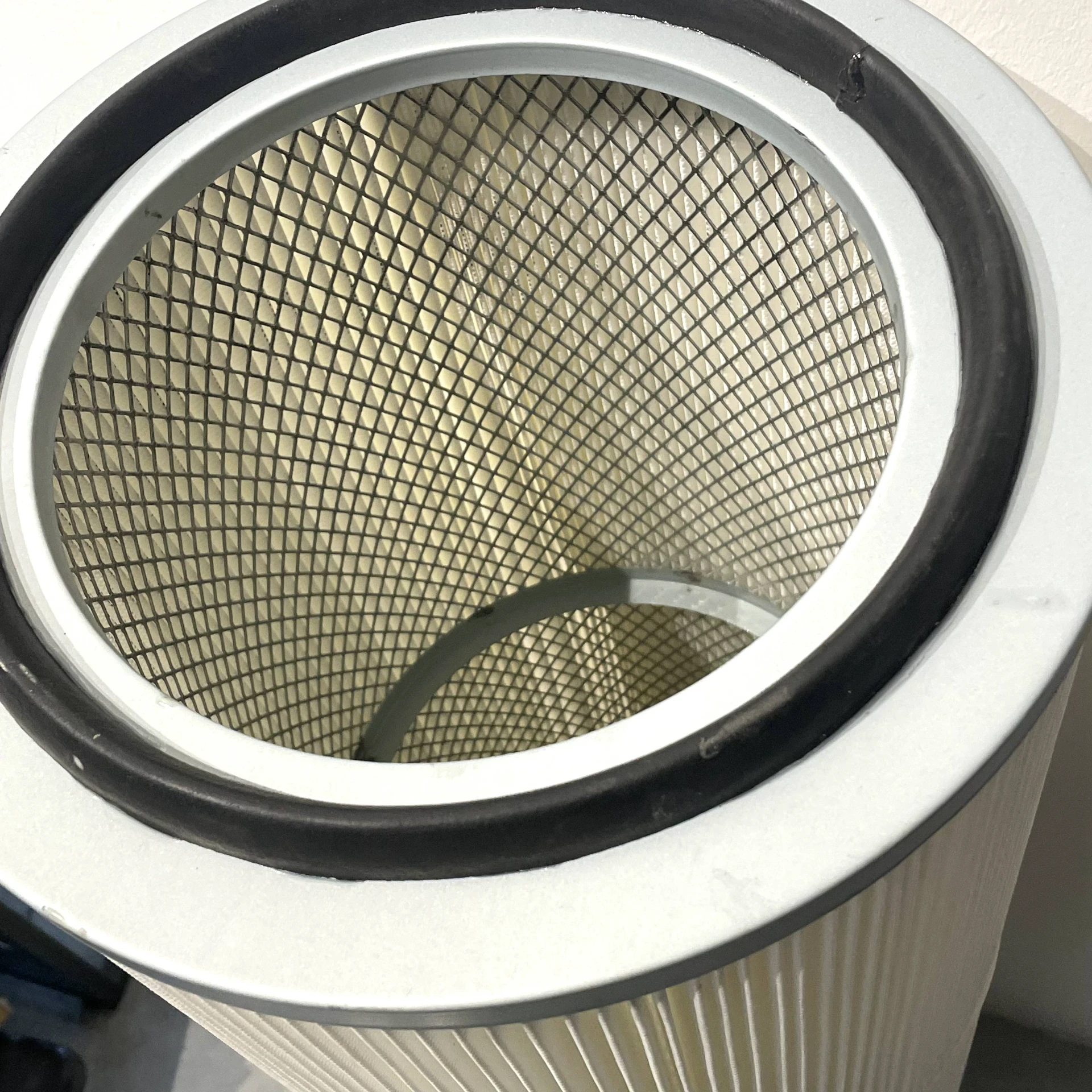 Tel:
+8615930870079
Tel:
+8615930870079
اکتوبر . 14, 2024 11:08 Back to list
Understanding Cartridge Vacuum Technology for Enhanced Cleaning Efficiency and Performance
Understanding Cartridge Vacuum Technology
In recent years, the demand for efficient vacuum systems has surged across various industries, from manufacturing to healthcare. Among the technologies that have gained attention, cartridge vacuum systems stand out due to their reliability, efficiency, and versatility. This article explores the working principles of cartridge vacuum systems, their applications, advantages, and considerations for businesses looking to invest in this technology.
What is a Cartridge Vacuum System?
Cartridge vacuum systems utilize a focused, centralized vacuum source that can generate a significant amount of suction power with minimal energy consumption. The term “cartridge” refers to the replaceable vacuum cartridges that contain the essential components for creating vacuum and separating particulates from the airflow. These cartridges are designed to be easily maintained or replaced when worn out, ensuring consistent performance and reducing downtime for businesses.
The basic operation of a cartridge vacuum involves the creation of a low-pressure environment that draws in air and contaminants via a nozzle or hose. This air passes through the vacuum cartridge, where filters and separators remove dust, debris, and other particulates before the cleaned air is expelled back into the environment or recirculated.
Key Advantages of Cartridge Vacuums
1. Efficiency Cartridge vacuum systems are designed for optimal airflow and suction power. Their ability to handle high volumes of air while maintaining a consistent level of negative pressure makes them efficient for various applications. This efficiency translates into lower energy costs over time, which can significantly benefit businesses.
2. Ease of Maintenance One of the standout features of cartridge vacuums is their user-friendly design. Maintenance is straightforward, thanks to the replaceable cartridges, which can be swapped out quickly without extensive downtime. This ease of maintenance is crucial for industries where time is of the essence.
3. Versatile Applications Cartridge vacuum systems are suitable for a myriad of applications, including but not limited to - Manufacturing They are used extensively in manufacturing environments to maintain cleanliness and efficiency, especially in processes involving dust, shavings, or other debris. - Food Industry In food processing, cartridge vacuums help in maintaining hygiene by effectively removing contaminants and organic residues. - Medical Facilities In healthcare settings, these systems are essential for keeping environments sterile and free from hazardous material.
cartridge vacuum

4. Improved Air Quality By filtering out particulates and contaminants, cartridge vacuums contribute to better indoor air quality. This is especially important in workplaces where dust and allergens can affect staff performance and health.
Considerations for Implementation
While the advantages of cartridge vacuum systems are compelling, businesses should consider a few factors before implementation
1. System Sizing Proper sizing of the vacuum system is critical. Businesses must evaluate their specific needs, including the volume of air to be processed and the types of materials being collected. An oversized unit could lead to inefficiencies, while an undersized system may not perform adequately.
2. Filtration Needs Depending on the application, the type of filtration required may vary. It’s essential to select the right cartridges that meet or exceed the industry standards for particulate size and type to ensure effective operation.
3. Initial Investment vs. Long-Term Savings While cartridge vacuum systems may involve a higher initial investment compared to traditional vacuum systems, the long-term energy savings and reduced maintenance costs often offset these expenditures.
4. Training and Safety Employees need to be trained on the proper use and maintenance of the vacuum systems to prevent accidents and ensure longevity. This training can also cover safety protocols relevant to handling any hazardous materials the vacuum may encounter.
Conclusion
Cartridge vacuum systems represent a modern solution for businesses seeking efficient, reliable, and cost-effective vacuum solutions. With their ease of maintenance, versatility, and ability to improve air quality, these systems are becoming increasingly popular across various sectors. As companies continue to prioritize operational efficiency and regulatory compliance, investing in a cartridge vacuum system is a decision that can yield substantial benefits in the long run.
-
Nano Fiber Technology: Revolutionizing Cartridge Dust Collector FiltersNewsAug.06,2025
-
How Activated Carbon Air Cartridges Eliminate OdorsNewsAug.06,2025
-
Dust Filter Cartridge Handling Fine Particulate MatterNewsAug.06,2025
-
Cartridge Dust Collector Filter for Welding Fume ExtractionNewsAug.06,2025
-
Activated Carbon Filter Cartridge Effectiveness Against VOCsNewsAug.06,2025
-
Activated Carbon Air Filter Cartridge Benefits ExplainedNewsAug.06,2025

 Email:
Email:





